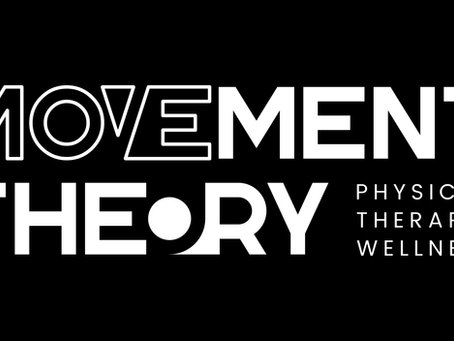Great question!
Physical Therapy defined by the Texas Board of PT Examiners and the state practice act is:
PRACTICE OF PHYSICAL THERAPY.
(a) The practice of physical therapy requires that a person practicing have education, training, and experience in physical therapy. (This used to be a bachelor’s degree, then a master’s and you may still find some practicing these days, but current requirements are a Doctorate in Physical Therapy. All other education levels were grandfathered in and must meet other requirements to participate in direct access. (More to come on this later)
(b) The practice of physical therapy includes:
(1) measurement or testing of the function of the musculoskeletal, neurological, pulmonary, or cardiovascular system; (We use various tests and objective measures to compare your values to normal values. This helps to justify if medical necessity is met. Typically, if you’re having problems with any daily task or activity, and especially if that prevents you from enjoying life, you likely meet this requirement without issue.)
(2) rehabilitative treatment concerned with restoring function or preventing disability caused by illness, injury, or birth defect; (There’s a specialist for practically every system in the body from cardiac specialists, lymphedema specialists, pelvic floor specialist, sports and orthopedic specialists, acute care specialist, geriatric and specific injuries even have specialists where DPT (Doctor of Physical Therapy) solely treat ACL injuries, Rotator cuff injuries, etc.)
(3) treatment, consultative, educational, or advisory services to reduce the incidence or severity of disability or pain to enable, train, or retrain a person to perform the independent skills and activities of daily living; and (Physical Therapy is not just physical. Many of our physical ailments can be highly influenced by our thoughts and beliefs. Physical Therapy is also the educational components that help to develop independence with the patient’s and managing their conditions, as well as the education and teaching of safe techniques for caretakers and family members.)
(4) delegation of selective forms of treatment to support personnel while a physical therapist retains the responsibility for caring for the patient and directing and supervising the support personnel. (This gets ABUSED a lot. Physical therapists can utilize unlicensed support personnel to delegate certain unskilled tasks, which allows them to “see” more patients per hour, and in a day. This is great from a clinic profit standpoint, but terrible if you’re the one on the end of that care usually. This is also a big reason why insurance companies are decreasing reimbursements and restricting access to certain visit protocols. Though it’s legal, if you’re spending more time with support staff than you are with your physical therapist, you should seek a second opinion, especially if you’re unsatisfied with your care and recovery process.)
What Physical Therapy is NOT (in the out-patient orthopedic setting):
-
Saying “Hi” to your therapist, spending 5-10 minutes on a bicycle to warm-up before getting 5-10 minutes of stretching and then shuttled off with a technician.
-
Spending 45 minutes on the table doing low level exercises 2-3x a week without progression in repetitions, sets or weight and finishing off the session with 10-15min of ice and heat packs, or electrical stimulation.
-
Just simply taking someone through exercises so they get stronger.
-
Applying the same protocol to everyone who walks through the door with the same body part complaint.
-
Rolling on a foam roller, stretching or being told that you ‘need’ some kind of external input to recover. A lot of the time, we as PT are mere facilitators who help maintain and build resilience while the body does ALL of the healing.
What does a Physical Therapist treat? (YOU DON’T NEED A REFERRAL TO START WITH A PT IN TX)
-
Acute injuries: sprained ankles, fractures, soft tissue sprains and strains.
-
Chronic injuries: Low back pain, congenital disabilities, beliefs and fear behaviors
-
Vitality: Depression, ADHD, etc
-
Neural Disorders: Dementia, Parkinson’s, Traumatic Brain injuries, CVA
-
Balance and Fall issues
-
Weakness
-
Vertigo and Dizziness
-
Cardiac/Respiratory dysfunction
-
Bulged/Herniated discs
-
Sport performance
…Plus more
If your sessions look something like this above, reach out to me, I would love to have a FREE phone call with you to see how I may be able to help you.



